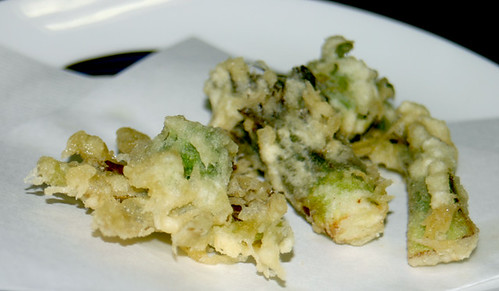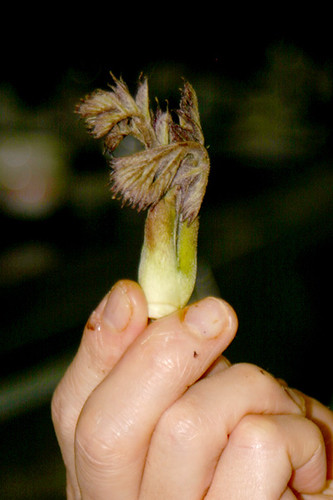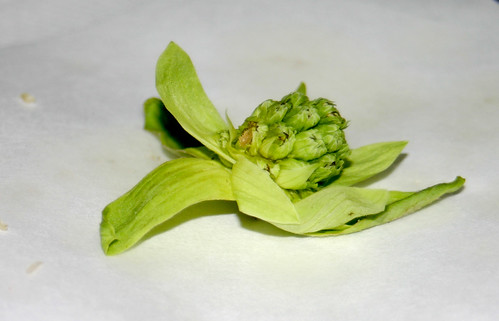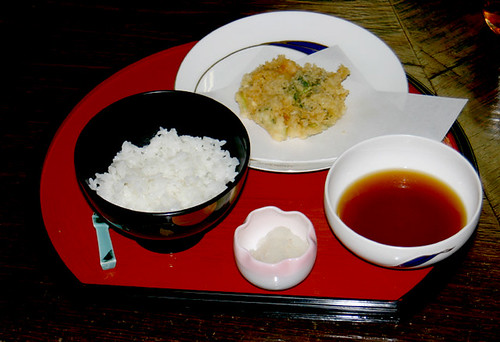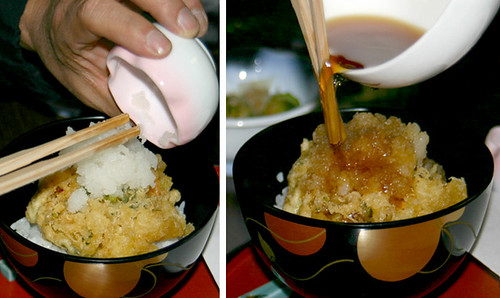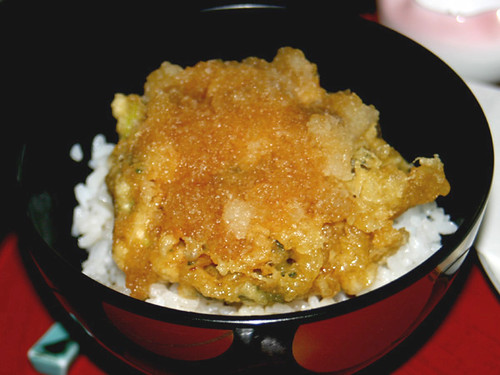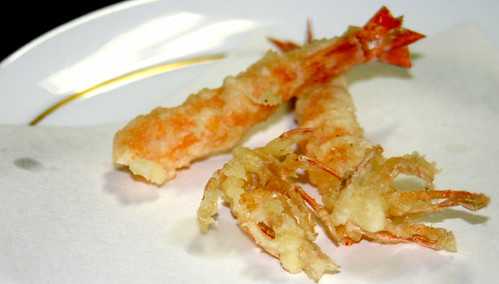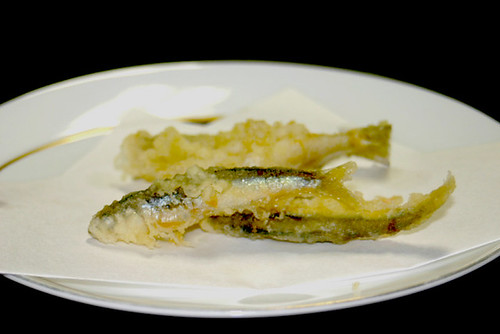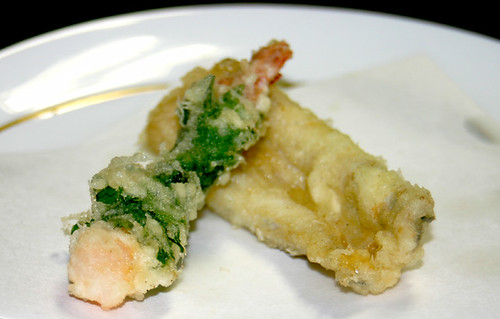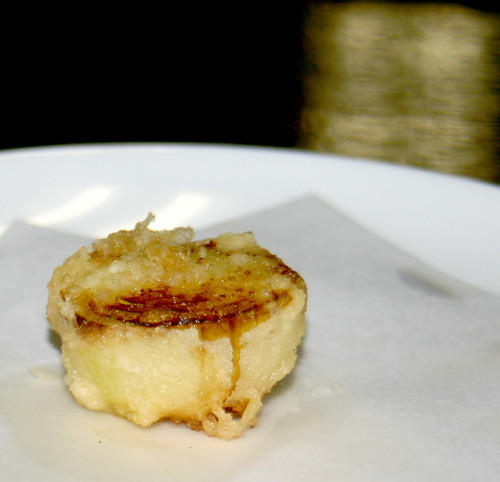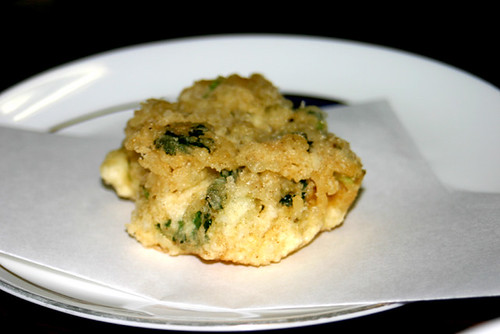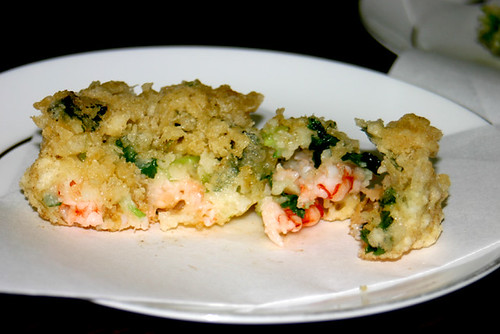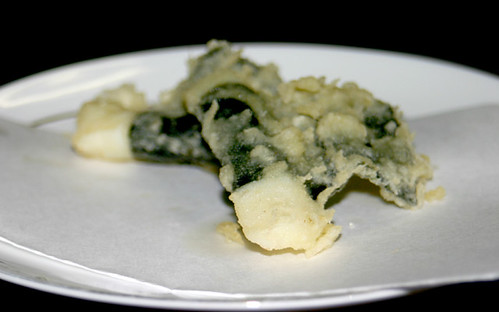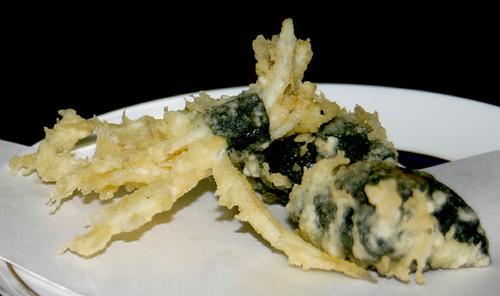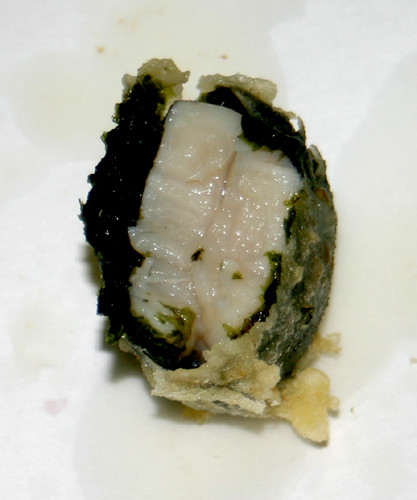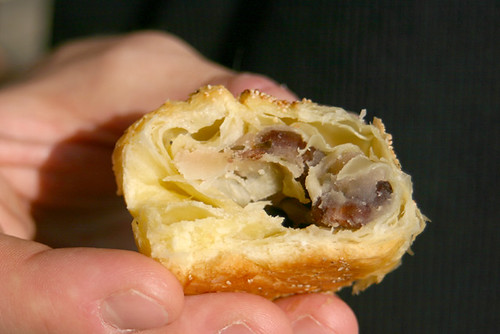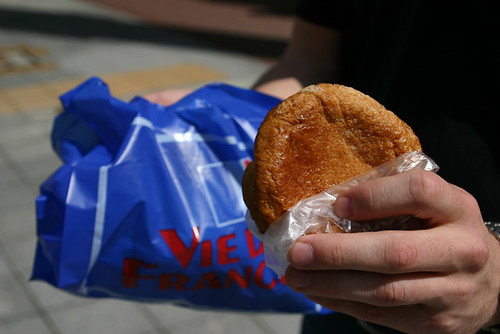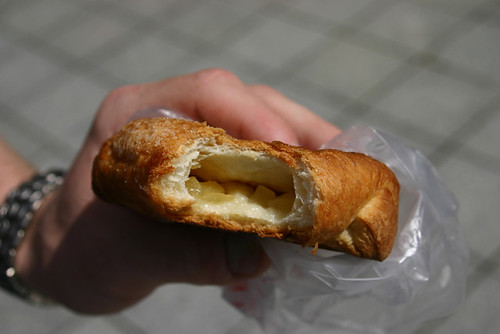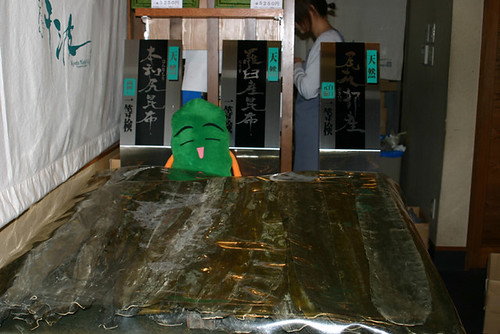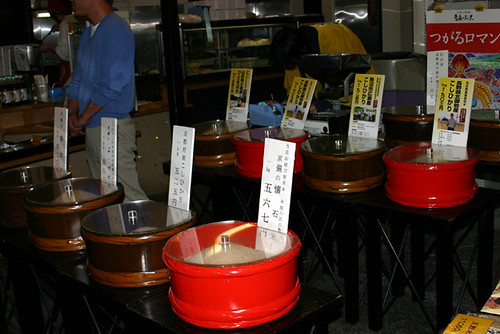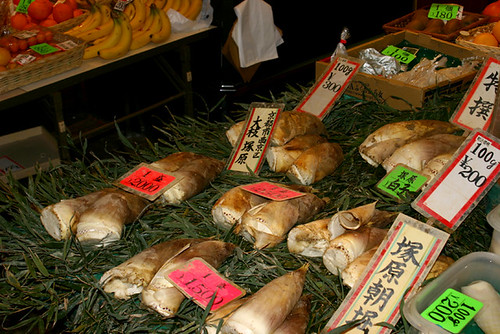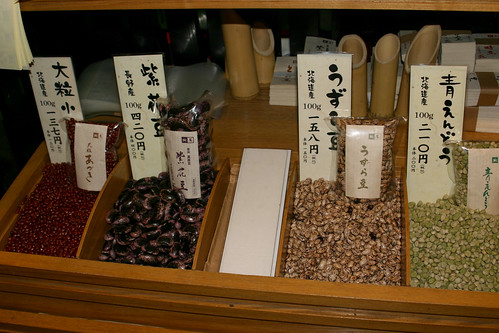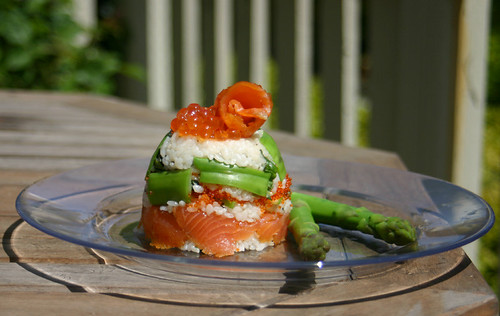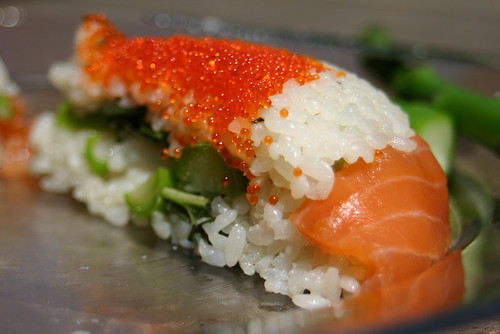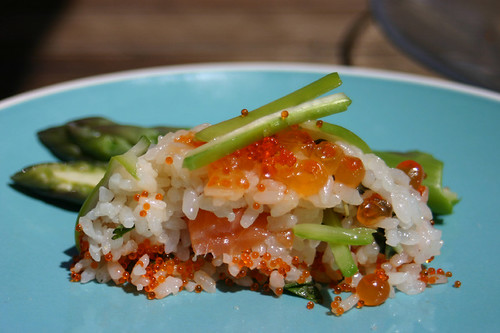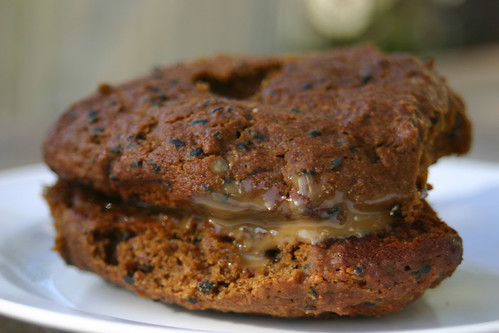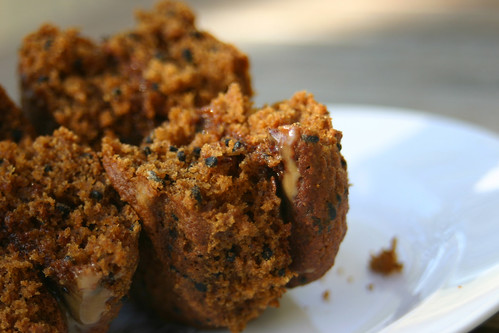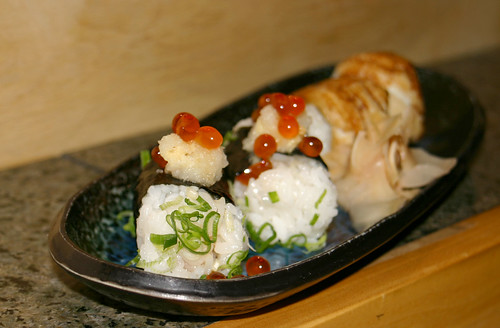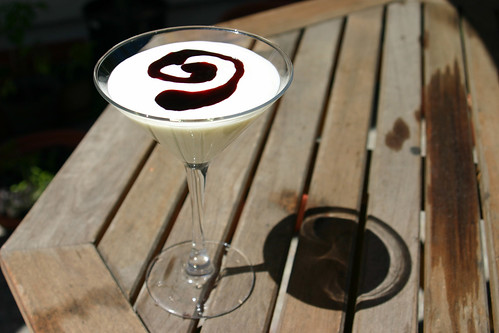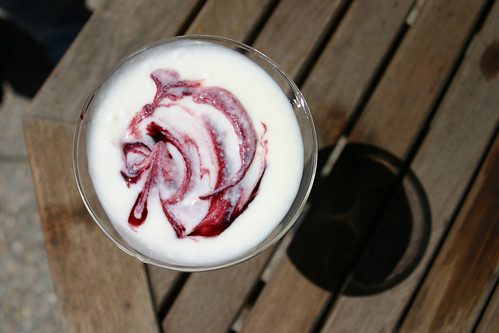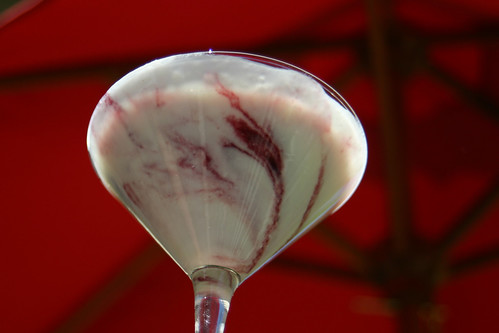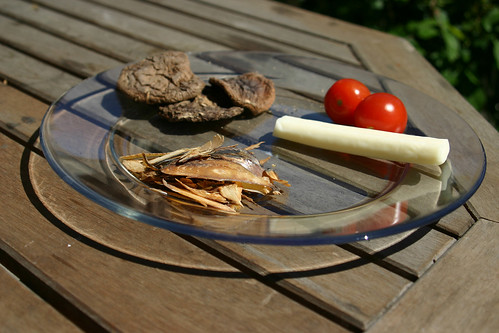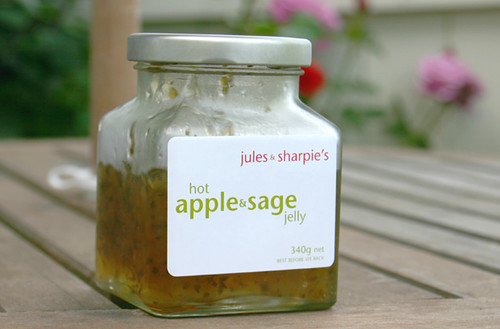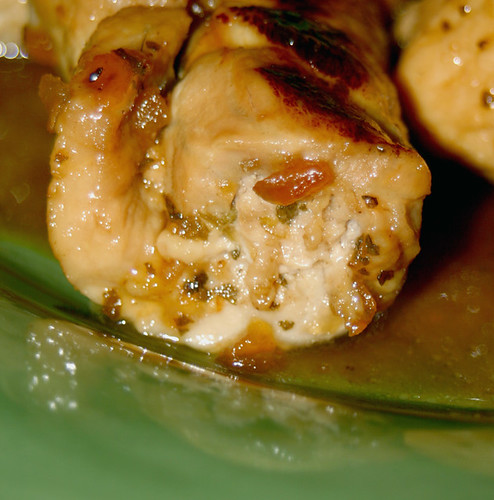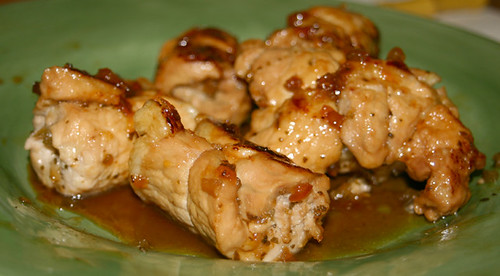Beware, vegetarians, today, this site contains images that could be offensive to you...
With that warning, I have some truly mouth-watering pictures to share with you meat-eaters...
Japanese beef has gotten quite a bit of attention from the gourmet folks in the US in recent years. Kobe beef, in particular, seems to have done the marketing trick just right to be synonymous with Japanese beef and considered by many here in the US to be THE beef to try from Japan.
I beg to differ.
There are many, many other varieties of wonderful Japanese beef (wagyu). Wagyu is cattle born and raised in Japan to be eaten, and only 1/6 of the total beef consumed in Japan can be considered true 'wagyu', cattle raised for eatin'. The remainder is made up by Holstein beef from cattle originally raised to be milking cows (1/3 of the total) and Australian beef (1/2 of the total). These stats are taken from the
Wagyu Registry Association.
Of this small percentage, there are four subspecies of cattle: Kuroge (black hair), Akage (red hair), Mukaku (no horn), and Tankaku (short horn). Kuroge seems to be the most common, while the other subspecies are raised in localized prefectures in Japan. I'll have to make a trip one of these days to taste the different subspecies, since I've pretty much dined exclusively on Kuroge beef so far.
Amazingly, each wagyu cattle has name and a
birth certificate with a traceable lineage up to its grand, grandparents. Instead of fingerprints,
bimon or 'nose prints' are used to identify which cattle is who.
During my last trip back, my Mama, the Mogs, and I traveled to a lakeside resort by Japan's biggest lake, the Biwako. The town of Nagahama is right nearby, and we feasted on the regional Oumi beef there at a beef eatry called
Morishima. Morishima is run by the grand-grand son of the famous Takenaka brothers who popularized the Oumi beef and the 'gyu-nabe', the beef dish assumed to be the origins of sukiyaki, in the then-Edo Tokyo in the late 1800s.
Oumi beef is known for its juicy meat with more texture. By texture, I almost want to say 'muscled', but that brings up a stringy image in English, which is not at all what I mean. It's just got a little bit more firmness than say the Matsuzaka beef (another kuroge), which is so tender that one can tear apart using chopsticks. The strength of the Oumi beef is the depth of flavor in the meat without the overwhelming presence of fat.
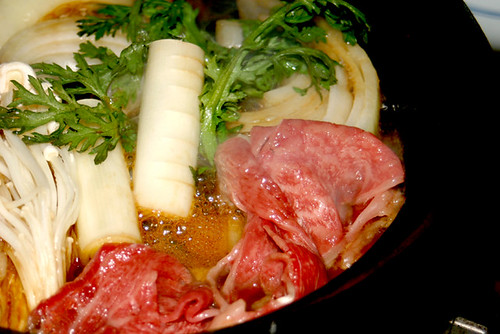
We tried Oumi beef two ways, and the first of the two was sukiyaki. This was one of the Mogs' favorite meal in Japan. Sukiyaki is one of those dishes that is prepared in a million different ways, depending on where you are from or how you like it. I grew up with sukiyaki where the sauce, consisting of sugar, soy sauce, and dashi broth, was pre-mixed. The Mogs was particularly smitten in a previous trip with a method that seared the beef first, then seasoned it later with sugar dumped directly onto the meat, followed by a dash of soy sauce and dashi on a sizzling girdle. This time, our sukiyaki was prepared with the sugar on the bottom, followed by the meat, then the dashi, and finished with the soy sauce. The vegetables were added later.
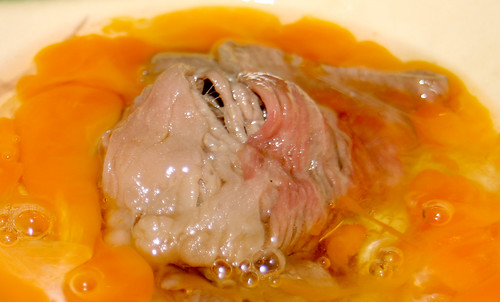
As with all sukiyaki recipes, the beef is dipped in egg for added richness right before eatin'. Japanese eggs & chicken are routinely tested for salmonella, so we can safely consume raw eggs. A raw egg has that wonderful luscious richness to it that is hard to replace, and I periodically find myself missing it in the US. Anyone who appreciates a real carbonara sauce will probably know what I mean...
Morishima's sukiyaki was top-notch. The beef was beyond tender while maintaining a lovely beef aroma, and the salty sweetness of the sugar-broth combination was perfect with the eggscellent beef. (I think I ripped that off of
Molly... I can't help it, she's a lot funnier than I am...) The vegetables didn't leave much of an impression, but the beef, oh my Oumi yummy.
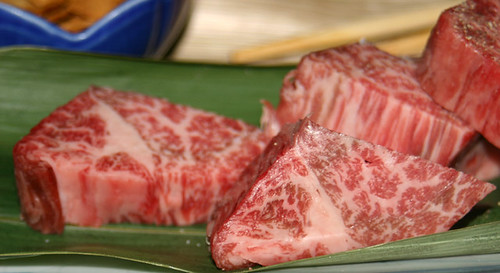
We then moved on to Beef course #2. We got a plate of steak-thick beef, seasoned with salt and pepper, along with a burning hot plate of lava on a portable gas stove. This is a common method used at wagyu restaurants, and the diners cook the steak as they dine along. The lava is supposed to absorb extra fat, while maintaining the prefect temperature to ensure rare/medium-rare quality for any dummy cooking the steaks.
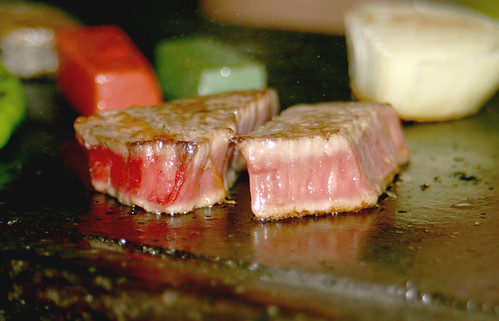
I saw direct evidence that my Mama has no patience, since she was constantly flipping her steaks. The Mogs had to stop her and tell her to leave her poor beef alone so it can brown a bit.
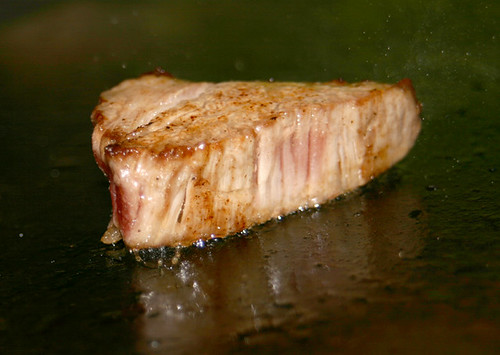
We seared all sides of the beef, and jeez, it smelled SO good. I'm actually not that big of a meat eater, but all the dazzling sizzling had me drooling. It made me realize that I am on top of the food chain for sure - the scent of cooking meat inducing hunger is definite evidence of my top tier food chain position...
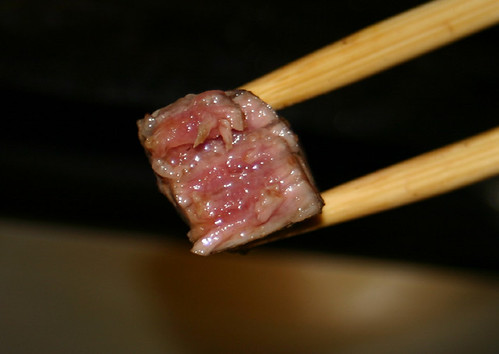
We were told that this was beef good enough to eat raw, and we enjoyed the steaks rare-sided medium-rare. I like my center just heated enough to let the juices come to life with the fat melting into a delicious flow. This steak did exactly just that. The ratio of fat to muscle was absolutely perfect for me. With enough texture to provide a pleasurable bite and plenty of juices dripping as I took my bite, this was epicurean debauchery at its best.
One of these days, I'd love to do a wagyu-taste off with Kobe, Matsuzaka, Oumi, and other regional beefs of red fur, hornless, and short horn varieties. Wouldn't that be quite luxurious? Anyone interested in hosting it?!










